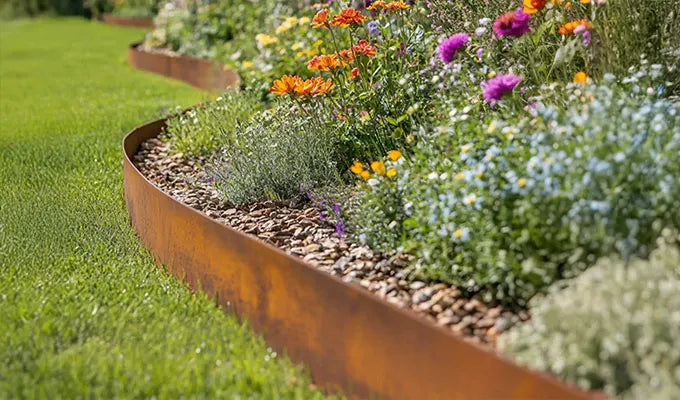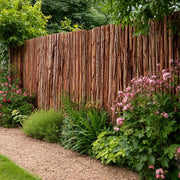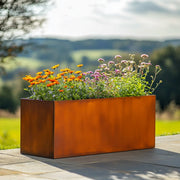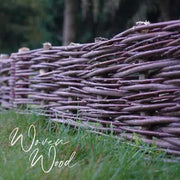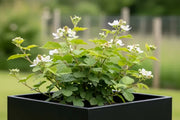Redcurrants: Growing, Care, and Culinary Uses
Redcurrant bushes (Ribes rubrum) are a delightful addition to many British gardens, thriving in our temperate climate and offering a bounty of tart, jewel-like fruits. These hardy deciduous shrubs are relatively easy to grow and maintain, making them an excellent choice for both novice and experienced gardeners across the UK's varied landscape.
Growing Redcurrants in the UK
Redcurrants are remarkably adaptable and can be grown successfully in most parts of the country. They prefer a site with good sunlight, ideally at least six hours a day, but will also tolerate partial shade, particularly in warmer, sunnier spots. When it comes to soil, they are not overly fussy but thrive in a well-drained, fertile loam with a pH between 6 and 7. Heavy clay soils should be improved with plenty of organic matter, such as well-rotted manure or garden compost, to ensure good drainage.
For planting, choose either bare-root plants in late autumn to early spring or container-grown plants at any time of year, avoiding frosty periods. Dig a hole twice the width of the root ball and to the same depth. Incorporate some organic matter into the base of the hole. Plant the redcurrant so that the soil mark on the stem is level with the ground, or slightly deeper if planting bare-root to encourage suckering from the base. Space bushes approximately 1.5 metres apart if planting in a row, or around 1 metre if growing as a cordon.
Redcurrants in Planters
Redcurrants are an excellent choice for container growing, making them perfect for smaller gardens, patios, or balconies. Choose a large container, at least 45-50 cm in diameter and depth, to provide ample space for root development. Fill the planter with a good quality, soil-based potting compost mixed with some slow-release fertiliser. Ensure the pot has adequate drainage holes. Container-grown redcurrants will require more frequent watering and feeding than those in the ground, especially during dry spells and the fruiting period. Repotting every few years into fresh compost can help maintain their vigour.
Care and Maintenance
Watering: Keep the soil consistently moist, especially during dry periods and when the fruits are developing. Inconsistent watering can lead to fruit drop or smaller berries.
Feeding: Apply a general-purpose granular fertiliser in early spring, and a high-potash feed once the fruits begin to set to encourage a good crop. Mulching around the base of the plant with well-rotted compost or manure in spring will also enrich the soil and help retain moisture.
Pruning: This is crucial for maintaining plant health and productivity. For established bush forms, the main pruning is carried out in winter (November to March), when the plant is dormant. Cut back the main leaders by about a quarter and side-shoots to two buds. Remove any dead, diseased, or crossing branches, and thin out overcrowded growth from the centre to improve air circulation. A light summer prune after fruiting can also be done to remove any unproductive or unwanted growth.
Pests and Diseases: Redcurrants are generally robust. Common issues can include gooseberry sawfly, which can rapidly defoliate plants, and powdery mildew. Regular inspection and appropriate organic or chemical controls, if necessary, are recommended. Good air circulation through pruning helps prevent fungal diseases.
Flowering and Fruiting Cycle
Redcurrant bushes typically flower in late spring, usually between April and May, producing small, inconspicuous greenish-yellow flowers. These flowers are self-fertile, meaning a single bush can produce fruit without the need for a pollination partner. The fruits develop rapidly and are usually ready for harvesting in early to mid-summer, typically from June to July, depending on the variety and local conditions. The berries ripen in trusses and are best picked when they are uniformly red and plump.
Culinary Uses
Redcurrants are renowned for their sharp, tangy flavour and vibrant colour, making them a versatile ingredient in the kitchen. They are perhaps best known for their use in making crystal-clear jellies and jams, which pair wonderfully with roast meats or form delicious fillings for tarts. They can also be incorporated into pies, crumbles, and summer puddings, adding a refreshing tartness that cuts through sweetness. Fresh redcurrants make an attractive garnish for desserts, or can be added to fruit salads for a tangy kick. Their juice can also be extracted for sauces, cordials, or to make a delightful wine.






